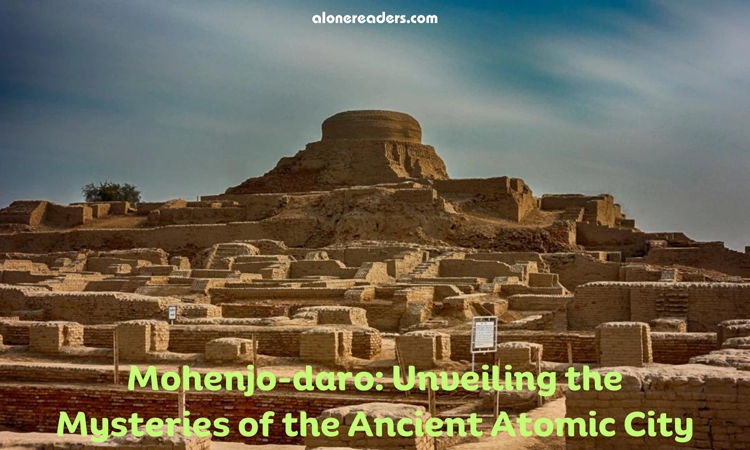
In the arid plains of the Indus Valley, amidst the relentless march of time and the shifting sands of history, lies the enigmatic and ancient city of Mohenjo-daro. Discovered in the 1920s, this once-thriving metropolis has been the subject of much fascination and speculation over the decades. Its well-planned streets and sophisticated urban infrastructure point to a civilization that was advanced beyond its years, yet it is the city's sudden and mysterious demise that has captured the imagination of historians, archaeologists, and enthusiasts alike.
Mohenjo-daro, which translates to "Mound of the Dead" in Sindhi, was once one of the principal urban settlements of the Indus Valley Civilization. It is located in what is now Pakistan's Sindh province. The city's layout, with its grid-like streets and advanced drainage system, reflects a highly organized approach to urban planning that was unprecedented for its time.
One of the most baffling discoveries at Mohenjo-daro is a group of skeletons found scattered across the city. These remains seemed to suggest a sudden, catastrophic end to the city's inhabitants. Adding to the intrigue is the presence of fused glass and vitrified brick at some of the site's locations, similar to what can be found at nuclear explosion sites, such as Trinity in New Mexico and Hiroshima in Japan.
The unusual findings have led to various theories, some more controversial and less accepted than others. Among these is the hypothesis that Mohenjo-daro was destroyed by an ancient nuclear blast, an idea that has taken root in the realm of pseudo-archaeology but lacks empirical evidence and scholarly acceptance.
In a more scientific light, the skeletons are often attributed to the city's final stages, where, for reasons unknown, bodies were not properly buried. The presence of glazed rock and vitrified brick is indeed intriguing, but experts believe these could be the result of intense fires that razed the settlement, which could have been due to a number of reasons ranging from invasion, internal strife, or natural disasters.
Despite the mysteries surrounding its end, Mohenjo-daro has contributed immensely to our understanding of the Indus Valley Civilization. The artifacts recovered, such as the famous dancing girl statue, the priest-king sculpture, and various seals, provide a window into the life, beliefs, and artistic prowess of a culture that thrived around 2500 BCE.
The quest for answers about Mohenjo-daro continues as modern technology and archaeological practices shed more light on its past. What remains undeniable is the city's importance as a cultural and historical treasure that has much to teach us about the early developments of urban life and the enigmatic civilization that built it.
Mohenjo-daro remains one of the most captivating archaeological sites in the world. Its advanced urban planning, the curious case of its skeletons, and the enigmatic evidence of extreme heat that led to glazed rock all point to a civilization that was both advanced and enshrouded in mystery. While the theory of an ancient nuclear event is largely dismissed by the scholarly community, the discussion it generates helps keep the conversation about this ancient city alive, ensuring that it continues to be studied, understood, and preserved for future generations to learn from and marvel at.